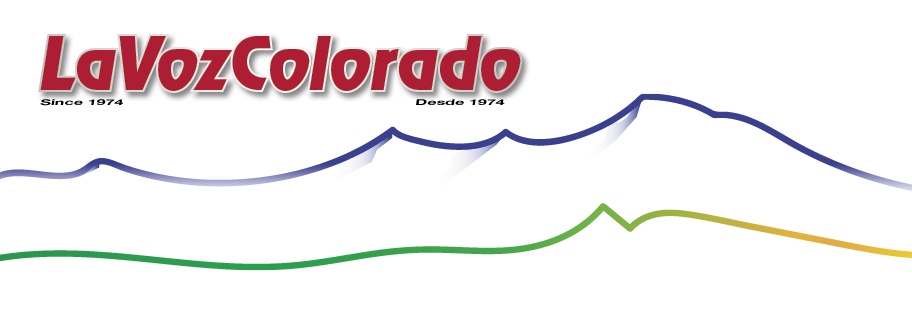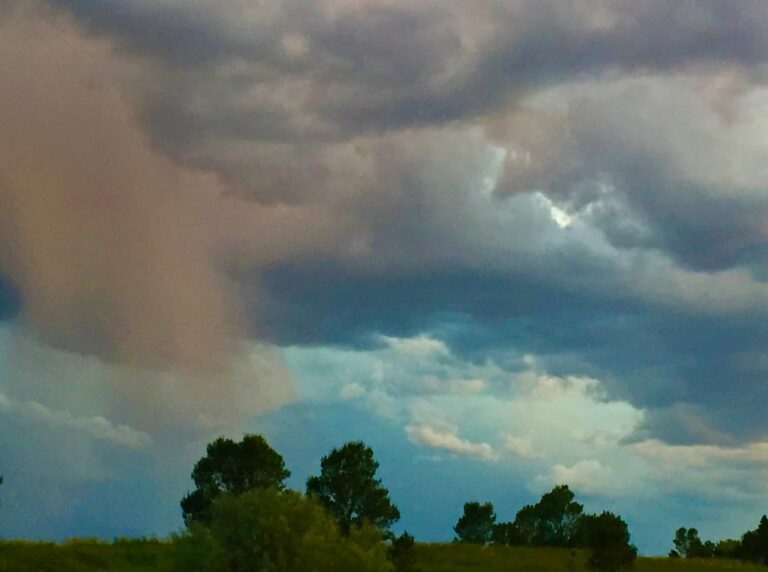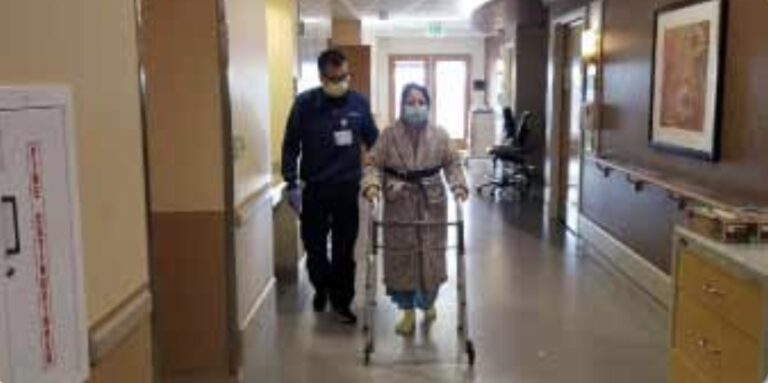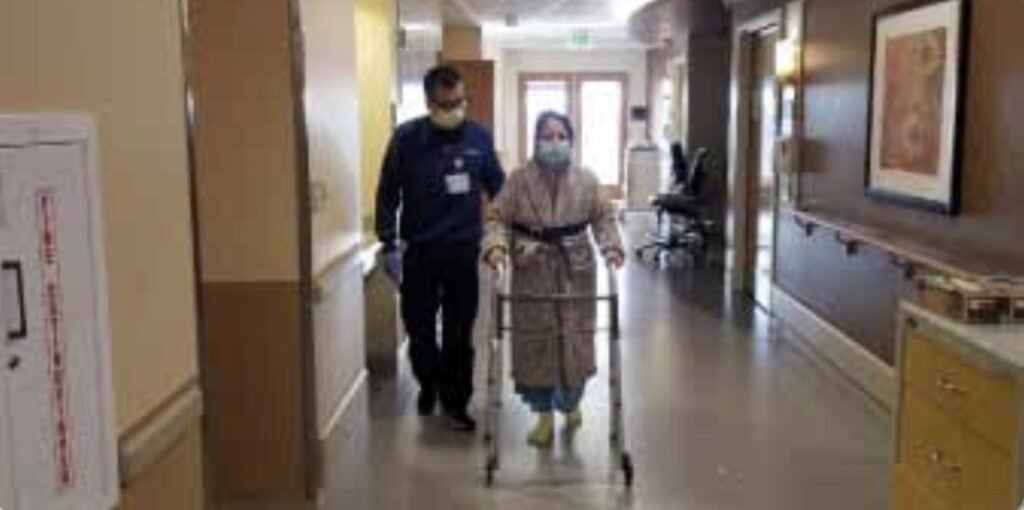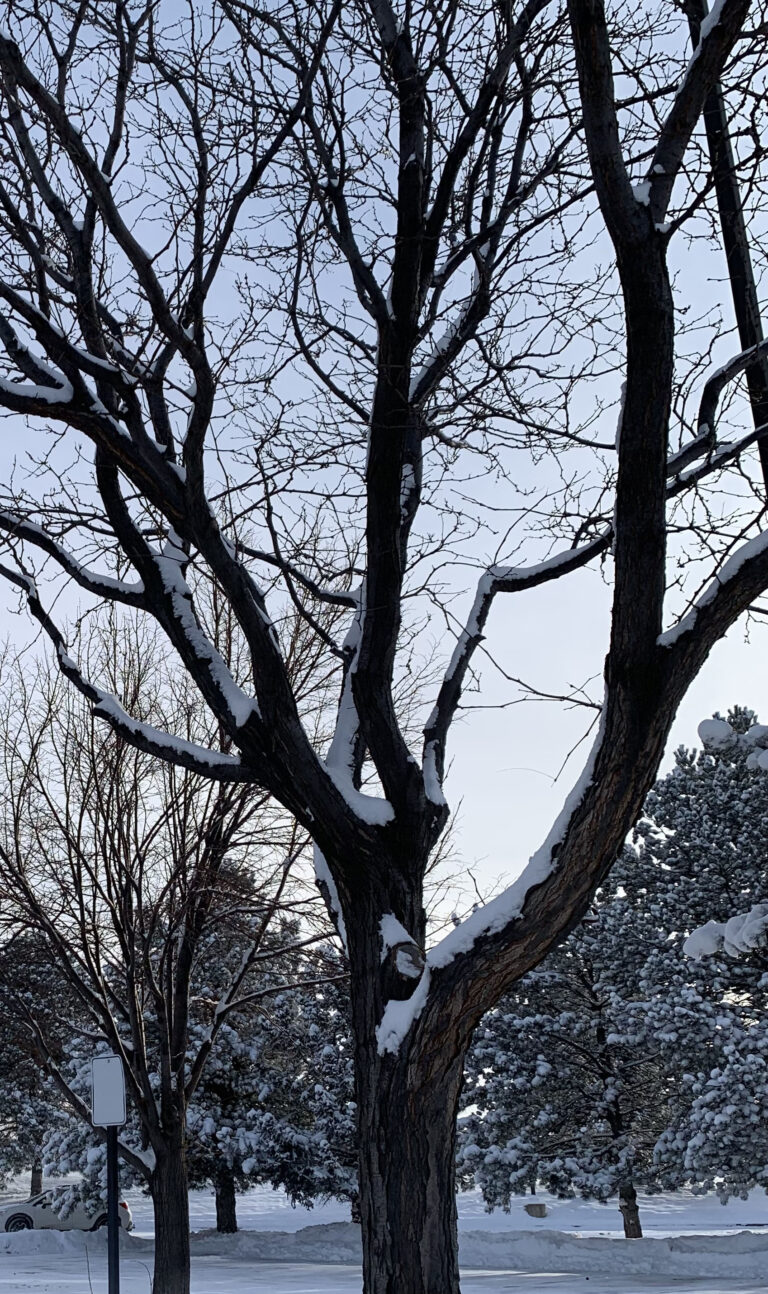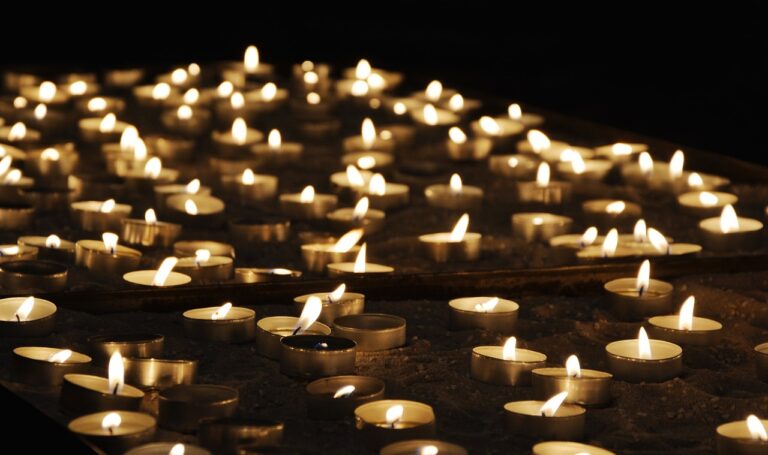If there is one thing about Pueblo, it’s a town with a steadfast loyalty to tradition. It’s Red-Blue high school football game, for example—Centennial versus Central— has been played for more than 130 years! It’s the longest high school rivalry west of the Mississippi. But every now and then something comes along that challenges this orthodoxy.
Pueblo native Jocelyn Martinez has introduced the town to a new way of eating. For the better part of the last two years, she’s been slowly, steadily debuting a newer, healthier cuisine—actually a whole new way of thinking about food—to this meat-and-potatoes town. And no more brick and mortar for Martinez. Soon, she’ll swing open the doors to SoulSmile Health & Wellness, a 45-foot mobile food kitchen that will be anchored in the same Hyde Park community where she grew up.
“I lost my brick and mortar (building),” she said. She worked there for two years but the challenges of COVID took her in another direction, one unlike any Pueblo had seen before.
“I knew that I needed something to continue my business and also knew that a commercial kitchen wouldn’t work,” she said. After scouring the internet for weeks, she found the perfect vehicle for pursuing her dream. Amazingly, she found what she was looking for just a few miles from her westside home, in Pueblo West.
SoulSweet Health & Wellness will be one of the most sophisticated mobile food operations in Pueblo or the entire region. Martinez said it will be twice as spacious her previous kitchen, outfitted with two ovens, two flat tops, a grill, four fryers, a stand-up freezer-refrigerator and a three-compartment sink. “It’s really unique for Pueblo,” she said
Martinez, whose telephone voice percolates with both excitement and optimism when discussing her dream, one that will be up and running by the end of January, honed her skills and knowledge of food while living in Denver. For more than a decade she worked in a number of high-end capital city restaurants doing everything from waiting tables to, ultimately, managing entire operations. When not serv- ing or supervising, she was asking questions and learning about everything from food preparation to scheduling food deliveries. Her curiosity paid off.
When she moved back to her hometown, she also worked for Sysco, a statewide food distribution company and oversaw food preparation at the Pueblo Convention Center.
But it was her own health scare that made her rethink what she was putting into her own body. “Mainly I was having inflammatory responses and pain in my body,” she said. Testing didn’t tell her what was wrong. Then a light went on. As she learned new things about diet and nutrition, Martinez took an off-ramp leading her to a whole new way of eating. She eliminated foods with gluten and dairy and almost magically, she swears, her health improved.
Introducing new food offerings to her community and all of Pueblo, she doesn’t believe, will be nearly the challenge some might think. In fact, many of her menu items will just be ‘new and improved’ versions of the ‘old and familiar.’
Her menu won’t be indecipherable, new-age dishes. They will include “Pueblo green chile enchiladas—completely dairy and gluten-free,” she said. There will also be ‘comfort food’ that will include lasagna made with her own ricotta cheese. Again, dairy-free. The cheeses in her food, she said, will be “plant-based.”
Martinez says she knows her base and has no doubt that a new century approach to blue collar diets is a transition that can be made. In fact, she says a little known secret is that “Pueblo has a very big health and wellness community.” In addition, Martinez said she also works with a number of doctors who have encouraged their patients to rethink diet and nutrition. This relationship continues to pay off. “There were needs. Word of mouth just kept getting bigger…people were finding me.” Also, she said “I was the only person doing it.”
While Martinez has big plans for her culinary venture—she wants one day to expand out of Pueblo—one of her great satisfactions is living and working in the community where she grew up.
Hyde Park, a name not nearly as regal as it might sound, is one of Pueblo’s food deserts. The Westside Market, where locals could once get at least a semblance of variety, closed long ago. The community’s food options are limited to a convenience store where people can shop, but the nearest well- stocked grocery store with variety including fresh produce is a fifteen-minute drive away.
Martinez is nothing but confident and determined. Just getting the permits for SoulSmile Health & Wellness required conquering the bureaucratic maze for opening a business. The experience gained in Denver with new restaurant openings was essential for her Pueblo adventure. She called it great preparation for everything from getting the green-light from various commissions to final approval from the Pueblo City Council.
Martinez will mostly be working with a staff of two, her and her 16-year-old son, Kaiden. Martinez said her husband, Stephen, will be a silent partner. There are currently no plans for her nine-year-old daughter, Maya, to put on an apron.
To learn more about SoulSmile Health & Wellness, Martinez invites anyone to visit Jocelyn403@wixsite.com/soulsmile.

